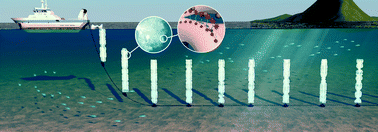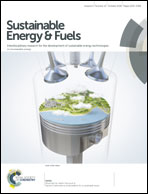The use of silver nanoparticles for the recovery of uranium from seawater by means of biofouling mitigation
Abstract
Research currently being carried out by a consortium of national laboratory and university partners is leading to the development of advanced adsorbent materials suitable for the industrial-scale recovery of the essentially limitless supply of uranium naturally contained within the worlds oceans. Experiments have shown however that marine biofouling has decreased the uranium capacity of these adsorbent fibers by approximately 30%. Given the commensurate impact adsorbent capacity has on the projected cost of seawater uranium, this work seeks to mitigate the effects of marine biofouling in order to restore capacity to that of the unfouled fibers. A review of antifouling strategies showed that just one, incorporation of silver nanoparticles into the adsorbent matrix, was likely to meet cost and practicality goals. The ability of silver doped adsorbents to restore capacity to that of the unfouled adsorbents is quantified by means of a capacity restoration factor, seen to increase with silver content in the adsorbent. These results showed that the silver nanoparticles are extremely effective at eliminating the ca. 20% share of capacity loss that is directly attributed to the biological organisms. This work also identified the a-biotic conditioning film as a primary driver of loss in uptake due to biofouling, which provides finer resolved data and a deeper understanding of uranium uptake experiments, conducted externally, that showed a constant reduction in uptake at all measured data points, the smallest of which was 7 days. Data reduction showed that under the most extreme fouling conditions, approximately 80% of the uptake loss was ascribable to the fast-developing film, against which silver is observed to have little effect. Therefore this work was significant in proving that seawater uranium recovery efforts need to refocus on halting the formation of this abiotic film to improve uranium capacity.



 Please wait while we load your content...
Please wait while we load your content...